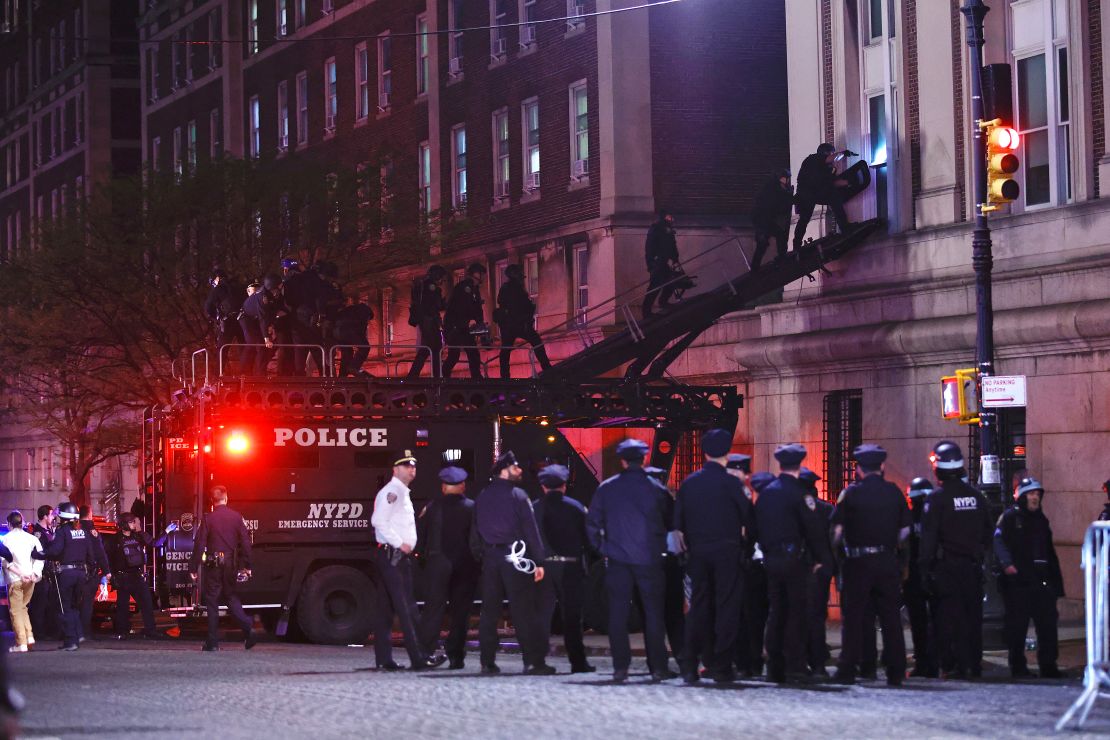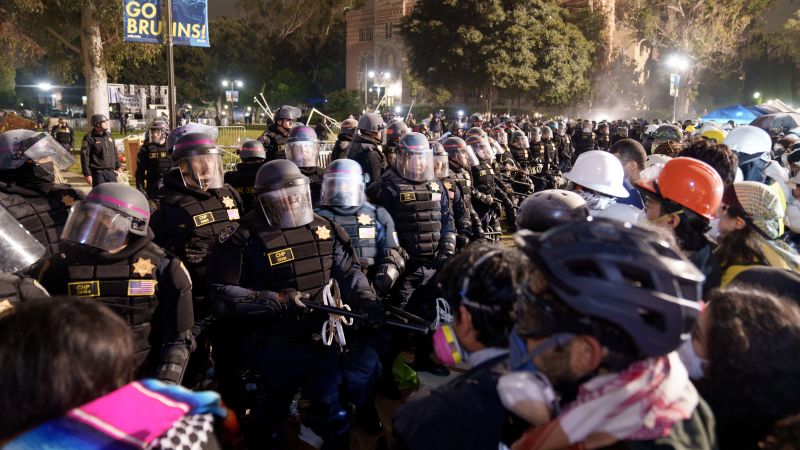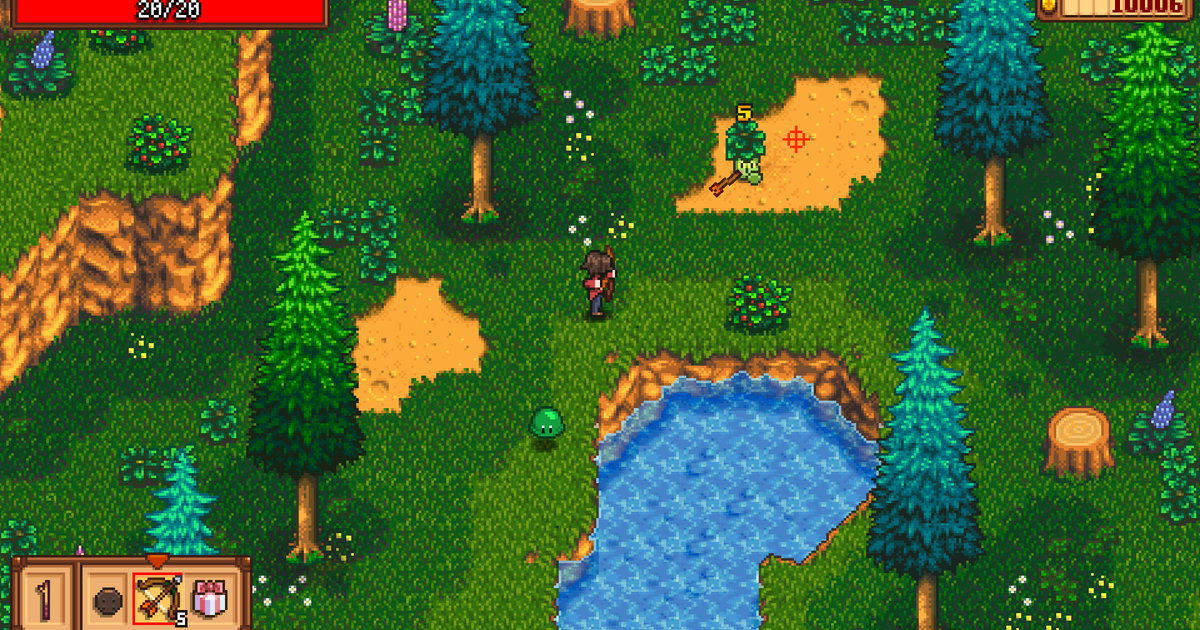CNN
—
As universities and colleges turn to police to clear their campuses of protests over Israel’s assault on Gaza that continue to ripple across the nation, the response by law enforcement is under heightened scrutiny after thousands were arrested since mid-April.
Footage captured from the physical – and in some cases violent – confrontations between police and protesters reveals a gamut of tactics used to disperse demonstrators from occupied school buildings and take down on-campus encampments.
Civil rights groups have criticized what they say is an excessive police response to the protests as officers, clad in riot gear, swarm campuses and in some cases have deployed rubber bullets, chemical irritants and pepper balls to quell them. Law enforcement agencies say they were challenged with ensuring the First Amendment rights of protesters while enforcing the law and the rules of the universities and keeping everyone safe.
The wide range of police tactics seen on campuses nationwide reveal the disparities between police agencies in their training and understanding of the generally accepted best practices in dealing with protests and crowd control issues, law enforcement experts told CNN.
Still, the experts said, police were largely measured in their approach and showed restraint in using force – a direct result of lessons learned during the widespread protests after the police killing of George Floyd nearly four years ago. Those protests were bigger, fiercer and more sustained than prior demonstrations.
“In the rearview mirror of every police executive is the summer of 2020, which was a real defining moment for police in terms of handling demonstrations, violent demonstrations,” said Chuck Wexler, executive director of the Police Executive Research Forum, a law enforcement policy group. “Police were not prepared for the level of violence they encountered.”
Officers have arrested more than 2,000 people on US campuses since mid-April amid polarized debates over the right to protest, the limits of free speech and accusations of antisemitism. Although the demands among protesters vary at each university, the majority of demonstrations have called for colleges to divest from companies that support Israel and the assault on Gaza.
The large crackdowns on protesters have led to clashes and standoffs with police, and some counter-protesters, unfolding on campuses that have in some instances prompted canceled or modified graduation ceremonies and increased security protocols.
At Columbia University, officials asked the New York Police Department to maintain its presence on campus until May 17 after officers carrying heavy-duty bolt cutters and zip-tie restraints deployed flash-bang grenades to breach a building that was occupied by protesters. At the University of Arizona, officials said police used pepper balls and rubber bullets as a last resort to disperse protesters. And in California, at UCLA, officers fired rubber bullets and took control of the encampment site nearly three hours after they were called in by campus officials.
The current war began on October 7 when Hamas militants killed more than 1,200 people in southern Israel and took more than 200 people hostage. Israel’s military response has since sparked a humanitarian catastrophe in Gaza that has inflamed opinion globally, as its health ministry says more than 34,600 Palestinians have been killed.
President Joe Biden delivered his most extensive remarks on the protests on Thursday, drawing a line between what he called peaceful and violent protests, repeating his support for Israel, and dismissing calls for the National Guard to intervene at universities.
It’s rare for universities and colleges to call in local police onto their campuses, experts say, but the dynamic varies depending on whether they are private or public. The institutions that have their own police departments, most of them public, typically have a memorandum of understanding or mutual aid agreement that dictates when they request assistance from police agencies. Other private schools only have private security personnel, like Columbia, which does not have the training and resources to deal with certain incidents.
“You have a balancing act here between universities wanting the police to come on board and then you have police decision makers who are having to determine what response is appropriate,” Wexler said.
One of the outcomes of the 2020 protests was a greater sensibility around the need for dialogue and engagement with protesters, said Frank Straub, senior director of violence prevention at Safe and Sound Schools, an adolescent-targeted violence prevention project, and founder of the Center for Targeted Violence Prevention at the Police Foundation, an organization that studies ways to improve US policing.
“I think we also saw this different sensibility about how to clear protests,” Straub said of the police response to campus demonstrations. “While you may bring in a lot of police officers, I think we saw less aggression directed at the protesters.”
The Police Executive Research Forum published a report in 2022 about lessons learned from 2020, highlighting the need to evolve police approaches to demonstrations.
Among its recommendations, PERF advised police departments to avoid the use of mass arrests, to warn crowds before deploying less-lethal force and to ensure an effective line of communication throughout the policing chain of command.
“That summer was more about demonstrators protesting against the police,” Wexler told CNN. “What we’re seeing now is universities asking the police to intervene, so the police are not the object of the demonstrators. However, it doesn’t take much for a particular event to get out of control and then the police do become the focus of the demonstration.”
The majority of the 2020 Black Lives Matter demonstrations were peaceful, but there was a small number of protesters who were responsible for “significant pushback and violence,” Wexler said, and police departments were not prepared for how they escalated. In some cases, officers couldn’t distinguish lawful protesters from those who were being disruptive or causing violence, he added.
New York City agreed to pay more than $13 million to settle a class action lawsuit that accused the city’s police department of using unlawful tactics against protesters during the summer of 2020. The NYPD came under heavy criticism for its treatment of protesters during those demonstrations. An investigation by New York Attorney General Letitia James found that officers allegedly used “indiscriminate, unjustified, and repeated use of batons, pepper spray, bicycles and a crowd control tactic known as ‘kettling’ against peaceful protestors,” she said.
Two months after the settlement was reached in 2022, James and civil liberties groups announced an agreement with the NYPD that “significantly reforms” the department’s policing of protests to protect “the public and members of the press from excessive use of force,” according to a news release.
The agreement mandated the NYPD to “change how it deploys officers to public demonstrations,” to better allow the public to exercise their First Amendment rights.

The NYPD was put to the test last week, when officers arrested about 300 protesters at Columbia University and City College after NYPD officers cleared encampments and the Hampton Hall campus building that was occupied by pro-Palestinian protesters.
New York Mayor Eric Adams said no excessive police force was used while clearing the building. “Anyone that understands clear police responses and tactics and maneuvers to prevent dangers to protesters and other individuals, it is about sending a clear message that we are not going to allow disruptive and disorderly behavior,” he said.
Of the nearly four dozen people arrested, 13 were adults not affiliated with Columbia and six were students affiliated with other educational institutions, according to a Thursday night update from the university.
“A significant portion of those who broke the law and occupied Hamilton Hall were outsiders,” a Columbia spokesperson said.
In a post on X Friday, NYPD Deputy Commissioner of Operations Kaz Daughtry said among the items recovered were “tools of agitators” – hammers, knives, helmets, goggles and tape, among other items.
These so-called outside agitators “often amp up the level of emotion and the level of aggression that they’re using to get more publicity, to get more media attention and public attention,” Straub said.
“As they ramp up with the intent of getting a response, that’s where things start to become potentially dangerous,” he said.
The first move for law enforcement agencies responding to universities is to establish the campus rules governing behavior and determine what activities are protected by constitutional rights, said Spencer Fomby, who designed the National Tactical Officers Association public order command class on decision making and how to apply police tactics.
The standard best practice in policing is to make it clear to protesters that if they are violating the rules they are outside the bounds of their protected free speech, Fomby said.
While universities and colleges have acknowledged the right to protest and free speech, they didn’t always establish clear ground rules with protesters, which in some cases allowed the demonstrations to spin out of control, Straub said.
“With any protest, it’s really important there’s a meeting of the minds in terms of the guidelines that everybody is going to be expected to follow,” he said. “And I don’t think that happened in several places across the country.”
On some campuses, there was a deliberate effort to stop the encampments before they became established, Fomby said, but on others, like Columbia’s, a delayed police enforcement allowed the encampment to become more entrenched and protesters took over a building.
“But once that happens, it’s going to require a large number of officers. They’re going to have to have a really defined plan on how they’re going to come in, in a systematic way,” Fomby added.
At the University of Arizona, school officials said police in riot gear took “significant measures” – deploying pepper balls and rubber bullets – after protesters engaged in “dangerous actions” while officers tried dispersing them.
“Arizona did a good job of giving people space to protest and to be seen and heard, both on the campus and in the media but also by each other,” said Straub. “The problem became that then the two sides started to grab each other, so now the police have to step in to keep people from getting injured or killed or significant property damage from occurring.”
At Columbia, police faced some criticism for using a military-grade truck equipped with a ladder to access the second-floor window to enter Hamilton Hall. But while the operation looked aggressive, Straub said, it was safer for both the protesters and police.
“So sometimes what looks like an overuse of power, or aggression is really the safer way to go,” Straub said.

While the NYPD’s approach was methodical in how they surrounded the building and largely measured in how they engaged with protesters, the confrontation between protesters and police at UCLA was “a lot more chaotic and a much more violent confrontation,” Fomby said.
Officers were seen breaking down plywood barriers outside the entrenched encampment where protesters had barricaded themselves inside, as flash-bang explosives exploded overhead.
“What happened on the UCLA campus did not happen overnight,” Fomby said. The First Amendment protects people’s right to free speech, to redress the government of their grievances and “to say things that are inflammatory and disrespectful,” he said.
“They don’t have a right to incite violence, to set up encampments and then to use violence to promote their political ideology,” he continued. “When people cross those lines, that has to get stopped, and typically the way we restore order is by having the police come in and stop that criminal activity.”
CNN’s Julia Jones, Maria Sole Campinoti and Artemis Moshtaghian contributed to this report.

Amanda Smith is a dedicated U.S. correspondent with a passion for uncovering the stories that shape the nation. With a background in political science, she provides in-depth analysis and insightful commentary on domestic affairs, ensuring readers are well-informed about the latest developments across the United States.








